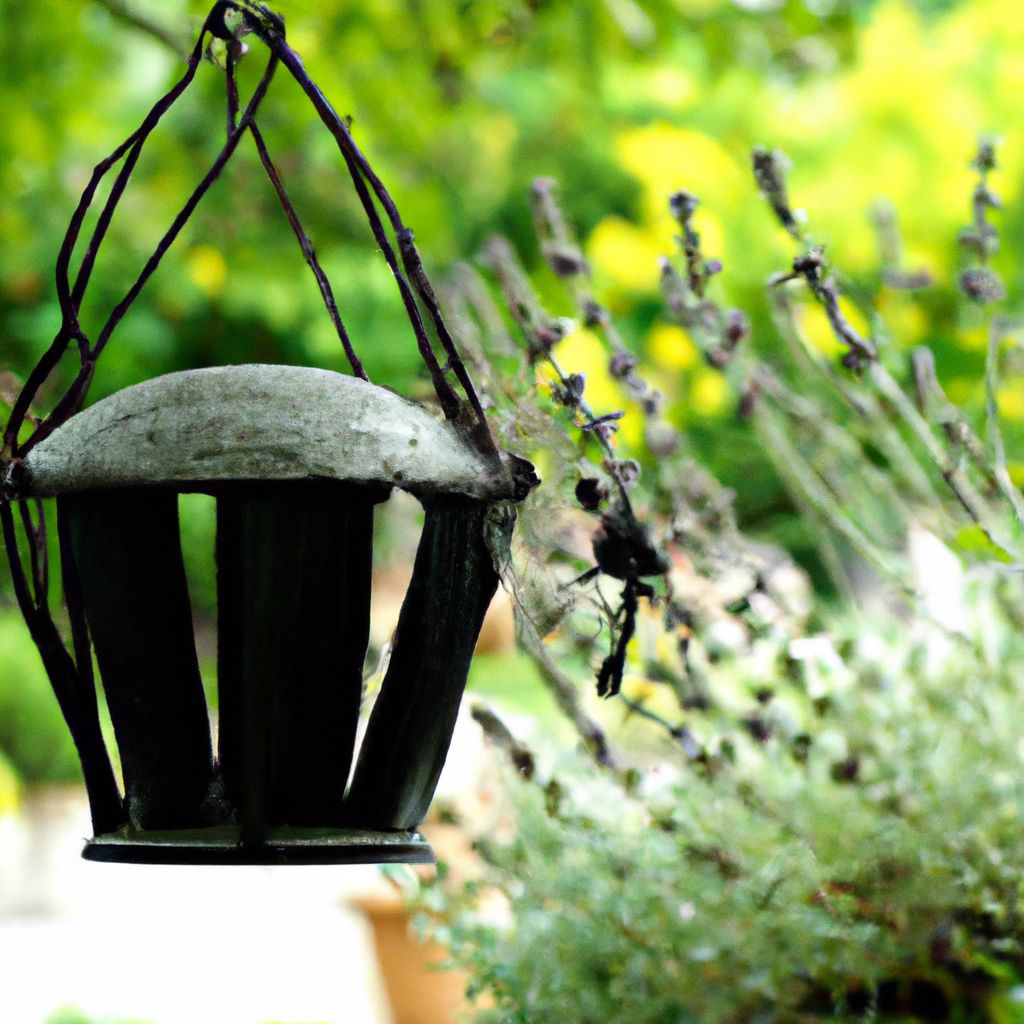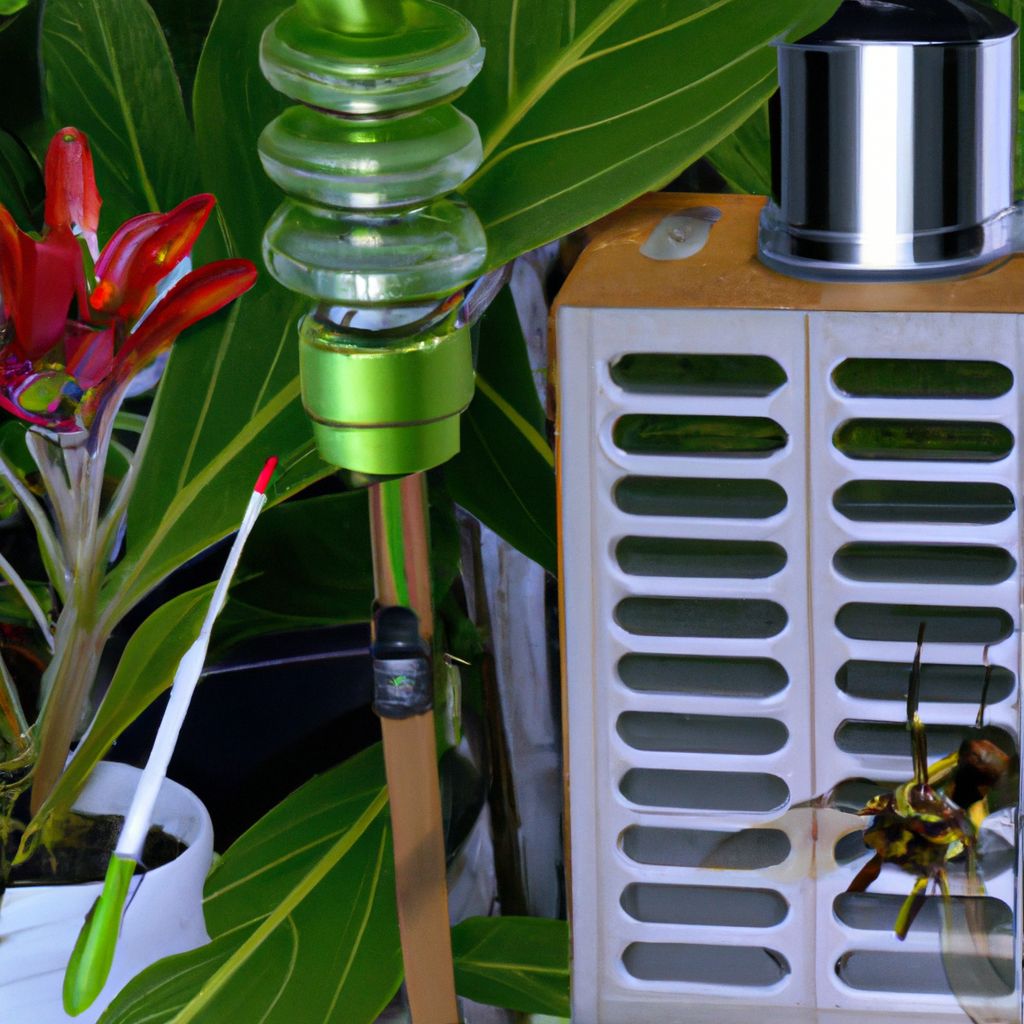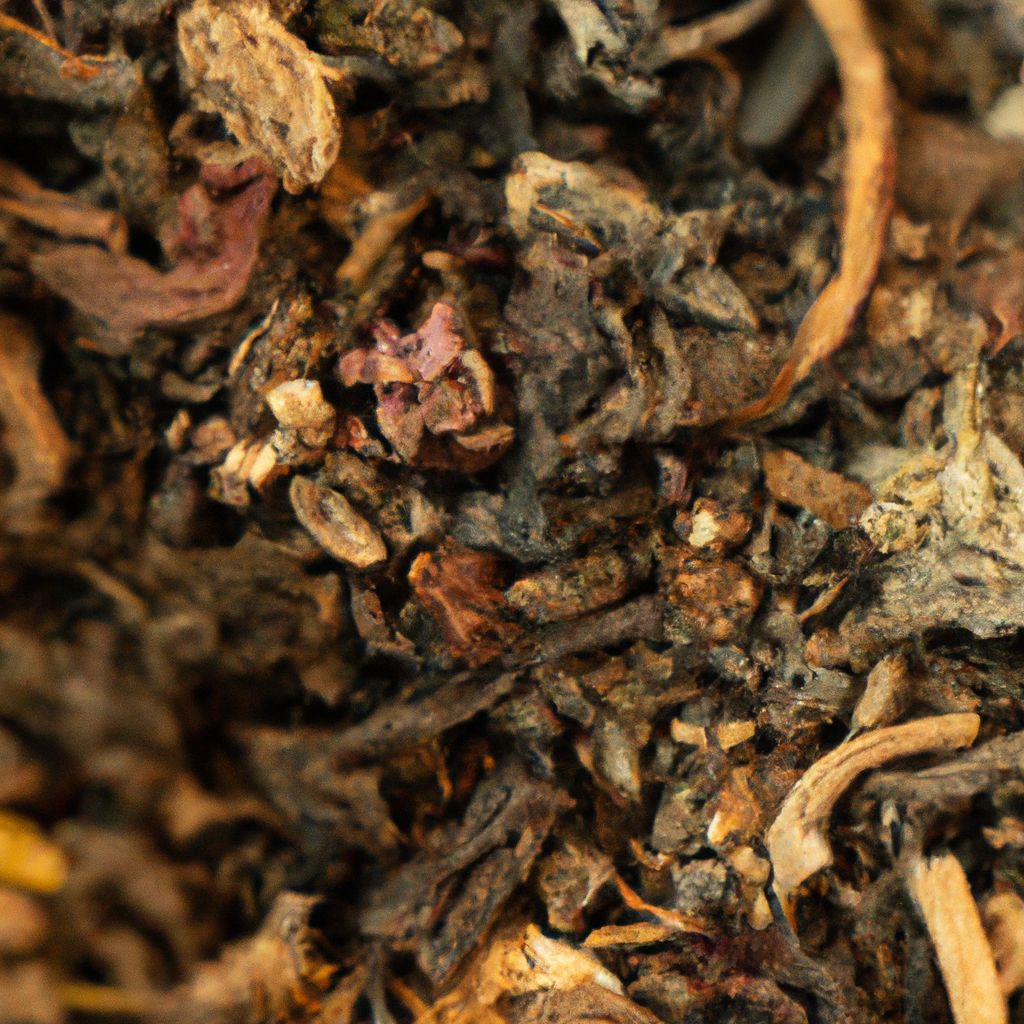For gardeners, few sights are more frustrating than spotting birds pecking at your tender vegetable crops. Birds can wreak havoc in vegetable gardens, damaging or destroying produce. By implementing smart bird control strategies, you can deter birds and protect your precious veggies.
Understanding Bird Behavior
To effectively deter birds, it helps to understand what attracts them to gardens:
- Many birds seek protein sources and are drawn to ripe fruits and vegetables, as well as plentiful insects that live among plants.
- Small songbirds often scavenge for seeds from lettuces, greens, peas, and other crops.
- Birds dig up newly planted seeds and seedlings which are soft and vulnerable.
- Tall plants, like corn and sunflowers, provide landing perches and hiding spots for birds.
- Fruiting crops, including tomatoes, beans, cucumbers, and berries, are irresistible treats for birds.
- Leafy greens, including spinach, kale, cabbage, and lettuce, are favorites for many birds.
- Water sources like sprinklers and bird baths attract birds to properties.
By knowing which foods and habitats appeal to birds, you can use targeted deterrents.
Vulnerable Vegetable Crops
Some vegetables attract more bird damage than others. Crops to especially protect include:
- Leafy greens – Lettuce, kale, chard, spinach
- Peas – Snow peas, snap peas
- Berries – Strawberries, blueberries, raspberries
- Corn – Sweet corn, popcorn
- Tomatoes – Slicers, cherry, heirloom
- Squash – Zucchini, pumpkins, melons
- Cole crops – Broccoli, cauliflower, brussels sprouts
- Root crops – Carrots, radishes
- Legumes – Beans, soybeans, peas
Keep these bird favorites in mind when planning your garden layout and deterrent strategies. Group them together for easier protection.
Physical Bird Barriers

Physical barriers are a no-nonsense way to protect plants from birds. Effective options include:
Bird Netting
Draping lightweight netting over garden beds creates an impenetrable ceiling barrier. For best results:
- Secure edges with stakes or weights.
- Use durable, UV-resistant netting with 1/2 to 3/4 inch holes.
- Check for and repair any holes.
- Drape netting above plants, leaving space for growth.
Row Covers
Breathable fabric row covers allow air and light through while keeping birds away.
- Drape over wire hoops or individual cages.
- Use spunbonded polyester or polypropylene fabrics.
- Secure tightly along edges.
Wire Cages
Cylindrical wire cages around crops like lettuce and brassicas prevent birds from pecking through to plants.
Cloches
Bell-shaped cloches over young seedlings protect vulnerable new growth from bird damage.
Fencing
Tall perimeter fencing, at least 5-6 feet high, prevents flight entry but can be costly.
Garden Fabrics
Tightly-woven landscape fabrics can be layered over beds when plants are small. Remove once vegetation pokes through.
Visual and Auditory Bird Deterrents
Scaring hungry birds away is another tactic. Some easy DIY deterrents include:
- Old CDs or tin pie pans suspended and allowed to move in the breeze.
- Irregular flashes of light from reflective tape, strips of foil or twirligigs.
- Large, eye-shaped balloons appearing to watch birds.
- Fake animals like owls, snakes or spiders placed around the garden.
- Wind chimes or bells creating unpredictable noises to startle birds.
- Tape recordings of predator calls or other alarming sounds.
You can also invest in commercial products like ultrasonic devices, water sprayers or holographic light reflectors. The key is making the garden seem unpleasant and unsafe to birds.
Bird Scare Tape
One easy DIY deterrent is bird scare tape. To make it:
- Cut strips of aluminum foil or reflective tape 6-12 inches long.
- Twist the strips tightly and tie one end to garden stakes, fences or trellises.
- Position above and around the vegetable garden, allowing strips to spin and flash.
The unpredictable movement and flashes of light startle and scare away birds. Rehang new strips as needed.
Repellent Sprays
Natural scents and flavors can make plants less enticing to birds. Whip up DIY sprays using ingredients like:
- Hot peppers – Blend and steep hot chili peppers, then mix with water to spray. The heat makes plants less palatable.
- Garlic – Chop garlic cloves and soak overnight in vegetable oil. Strain and mix the garlic-infused oil with water to spray. The strong aroma repels birds.
- Essential oils – Oils like peppermint, eucalyptus and lemongrass contain compounds that turn birds off. Add a few drops to water and apply.
- Vinegar – A 5% vinegar solution adds a sour taste birds dislike.
Commercial bird repellent sprays are also available using similar hot, acidic or strong scents. Reapply these liquid repellents after rain.
Chili Pepper Repellent Spray
Make your own natural chili spray bird repellent by:
- Blending hot chili peppers and water to a fine consistency.
- Steeping for 24 hours, then straining out solids.
- Diluting the infused chili water with more water.
- Adding a few drops of biodegradable dish soap.
- Pouring into a spray bottle and applying to plants.
The capsaicin in hot peppers makes plants unappetizing to birds. Reapply after rain.
Companion Planting

Strategically interplanting specific vegetables, herbs and flowers can create an environment less attractive to birds. Beneficial companion plants include:
- Tall sunflowers – Obscure low-growing vegetables while providing bird-friendly seeds.
- Dill, basil, thyme and sage – Repel insects but draw pollinators.
- Onions, leeks, and chives – Mask sweet scents that appeal to birds.
- Nasturtiums and marigolds – Act as trap crops with pungent leaves.
- Mint – Deters insect pests and camouflages vegetable plant aromas.
- Radishes around cucumbers – May deter cucumber beetles.
Get creative with pairings to find winning combinations that protect your veggies!
Companion Planting Guidelines
Follow these tips for successful companion planting:
- Know which plants grow well together before combining.
- Pay attention to sun exposure needs and mature heights.
- Space plants appropriately to prevent overcrowding as they grow.
- Plant so taller species don’t shade lower-growing companions.
- Interplant strategically in rows or clusters for efficiency.
- Repeat beneficial companion pairings throughout the garden.
Habitat Modifications
Discourage bird damage by modifying garden habitats and eliminating inviting features:
- Remove unnecessary hideouts like overgrown brush piles and thick vegetation along fences.
- Prune trees and shrubs to take away protective cover for birds.
- Eliminate accessible food sources by cleaning fallen fruits/berries and managing compost.
- Use drip irrigation instead of sprinklers to prevent water pooling.
- Cover exposed soil with mulch or plastic sheeting to reduce dust bathing spots.
By reducing appealing aspects, your garden will hold less attraction for problematic birds.
Pruning Tips to Discourage Birds
When pruning trees and shrubs to deter birds:
- Remove dense interior branches they use for nesting and cover.
- Prune back branches overhanging the vegetable garden.
- Eliminate water sprouts and shoots sprouting from root stock.
- Maintain a manicured, open shape without a lot of crossing branches.
- Avoid leaving stubby branch ends they can perch on.
- Prune just before nesting season so foliage doesn’t regrow in time.
Alternative Feeding Stations
One strategy is diverting birds away from vegetables by offering better food options. You can set up special feeding and watering stations using:
- Bird feeders – With various high-protein seeds, suet cakes, corn kernels, and nut mixes.
- Birdbaths – Provide fresh, clean water.
- Fruiting shrubs – Plant away from the vegetable garden.
- Windflowers and wildflowers – Provide plentiful seeds.
Position alternative bird feeding and watering stations away from the vegetable garden to draw birds away.
Bird Feeder Tips
Follow these guidelines for optimal bird feeding stations:
- Offer a variety of foods to appeal to different species.
- Use feeders tailored to specific bird sizes and habits.
- Position feeders in areas with cover but visibility.
- Clean feeders regularly to prevent disease.
- Supply fresh water nearby for bathing and drinking.
- Situate feeding stations at least 30-50 ft from the garden.
Timing Bird Protection
Certain times call for extra bird protection measures in the garden:
- Spring – Shield new seeds/seedlings with cloches or mesh cages. Protect fruit tree blossoms.
- Summer – Guard ripening produce like berries, tomatoes, peas from feasting birds.
- Fall – Migrating birds forage aggressively before migration.
- Wet seasons – Increased feeding during rainy periods.
- End of season – Remaining ripening crops are vulnerable.
- Nesting season – Parent birds scavenge extra food for chicks.
Be vigilant during high-risk times and ramp up deterrents to prevent bird damage.
Bird Migration Patterns
Timing your deterrent efforts around bird migration patterns can help optimize protection:
- Early spring – Defend sprouting seeds and seedlings as birds return.
- Late spring – Safeguard ripening berries and stone fruits from arriving birds.
- Early fall – Take precautions as birds start flocking and foraging rigorously pre-migration.
- Early winter – Protect dormant plants and fruits from migrating waterfowl.
Check local birding resources to determine peak migration times in your region.
Protecting Specific Vegetables

Certain vegetables seem to attract more bird pressure. Use these targeted tips:
Lettuce/Leafy Greens
- Use bird netting over beds, individual cages, or fabric row covers.
- Grow heat-resistant varieties under covers.
Peas
- Support vines on trellises and enclose with netting for picking access.
- Cloches protect newly planted seeds.
Berries
- Netting is a must for raspberries, blueberries, and strawberries.
- Site them away from perches.
Corn
- Erect tall perimeter fencing to prevent landing.
- Use scare tape on stalks to deter perching.
Tomatoes
- Cages with netting keep birds away as fruit ripens.
- Prune adjacent trees to reduce protective cover.
Squash
- Cover with row fabric until flower pollination needed.
- Netting protects ripening squash.
Broccoli/Cauliflower
- Use mesh cages over heads.
- Drape netting once heads start forming.
The most vulnerable vegetables require extra defenses against bird damage. Try combining physical barriers, scare tactics, and habitat changes. With persistence, you can enjoy a bird-free vegetable garden!















































